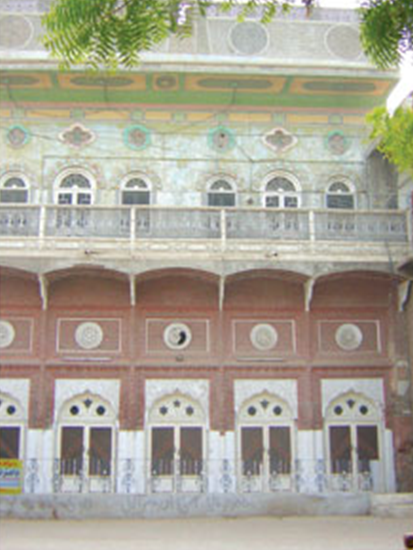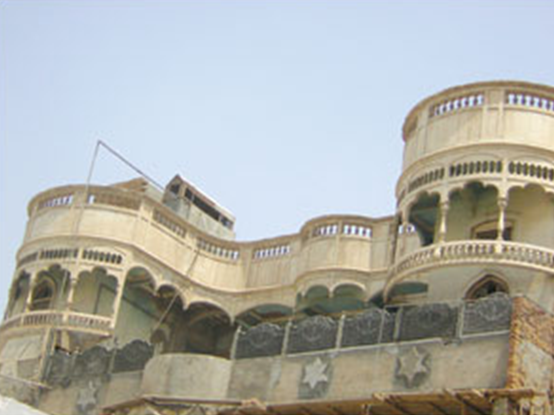Shikarpur
(Created page with "{| class="wikitable" |- |colspan="0"|<div style="font-size:100%"> This is a collection of articles archived for the excellence of their content.<br/>You can help by converting...") |
|||
| Line 14: | Line 14: | ||
[[Category:Name|Alphabet]] | [[Category:Name|Alphabet]] | ||
| − | + | =Shikarpur= | |
The havelis of Shikarpur | The havelis of Shikarpur | ||
Revision as of 20:40, 1 November 2013
This is a collection of articles archived for the excellence of their content. Readers will be able to edit existing articles and post new articles directly |
Shikarpur
The havelis of Shikarpur
Text by Naseem Mughal and photos by Altaf Illahi Jhulan
Shikarpur was developed in the 16th century during the Mughal rule. Two centuries later the city became the hub of cultural activities, Sufism, education and architecture. The citizens of Shikarpur had a penchant for beautiful houses, havelis and buildings. Although the city has now lost most of its past glory there are still a number of havelis which have been preserved by their owners.
One such haveli is that of Haji Moula Buksh, which is located in Hathidar. It was built in 1920 by Muhammad Umar Soomro, brother of Shaheed Allah Buksh Soomro.
Mirani Haveli is also one of the masterpieces dating back to the early 18th century; it was built by Muhammad Shahban, grandfather of Aftab Shahban Mirani, the present owner. It is a traditional brick-made haveli with a courtyard and a beautiful veranda. Mirani, who himself is an architect, takes extra pains to properly preserve the family heritage. The main feature of this haveli is its main door, which is made of pure teak wood embellished with original ivory inlaid work.
Alavi Haveli, also situated in Hathidar, was built in 1917. The facade of the haveli is made of red bricks embellished with blue glazed tiles. Tanseer Ahmed Alavi, the owner of the haveli, has maintained it well. By virtue of the 12 windows on the front elevation, it is commonly called Baradari Haveli.
The Baloch Haveli is situated in Shah Hussain Mohalla and was built in 1929 by Khan Bahadur Wahid Bux Baloch. The haveli has a beautiful living hall with a console fixed on one of the walls, which adds to the beauty of the room. It is now being maintained by Haji Maqbool Ahmed Baloch.
The classical Shivak Ram Haveli, situated in Hazaridar, was built in 1910. The main feature of this haveli is that the balcony and the arches are made of teak wood with carved designs on the wooden frames. The haveli is divided into two portions to accommodate two independent families.
Bajaj Haveli, now known as Shujrah Haveli, was built by a famous trading family of India in 1922 and is located in Lulas Mohalla. The front elevation of the haveli is made of lime carving with flowery designs on the surface. The architectural design is based on the Anglo-Mughal style.
The beautiful three-storeyed Ali Gohar Baloch Haveli is situated on the main station road. It was built in 1917 and the original owners of the haveli migrated to India in 1947. Presently, the haveli is owned by Advocate Ali Gohar Baloch.





